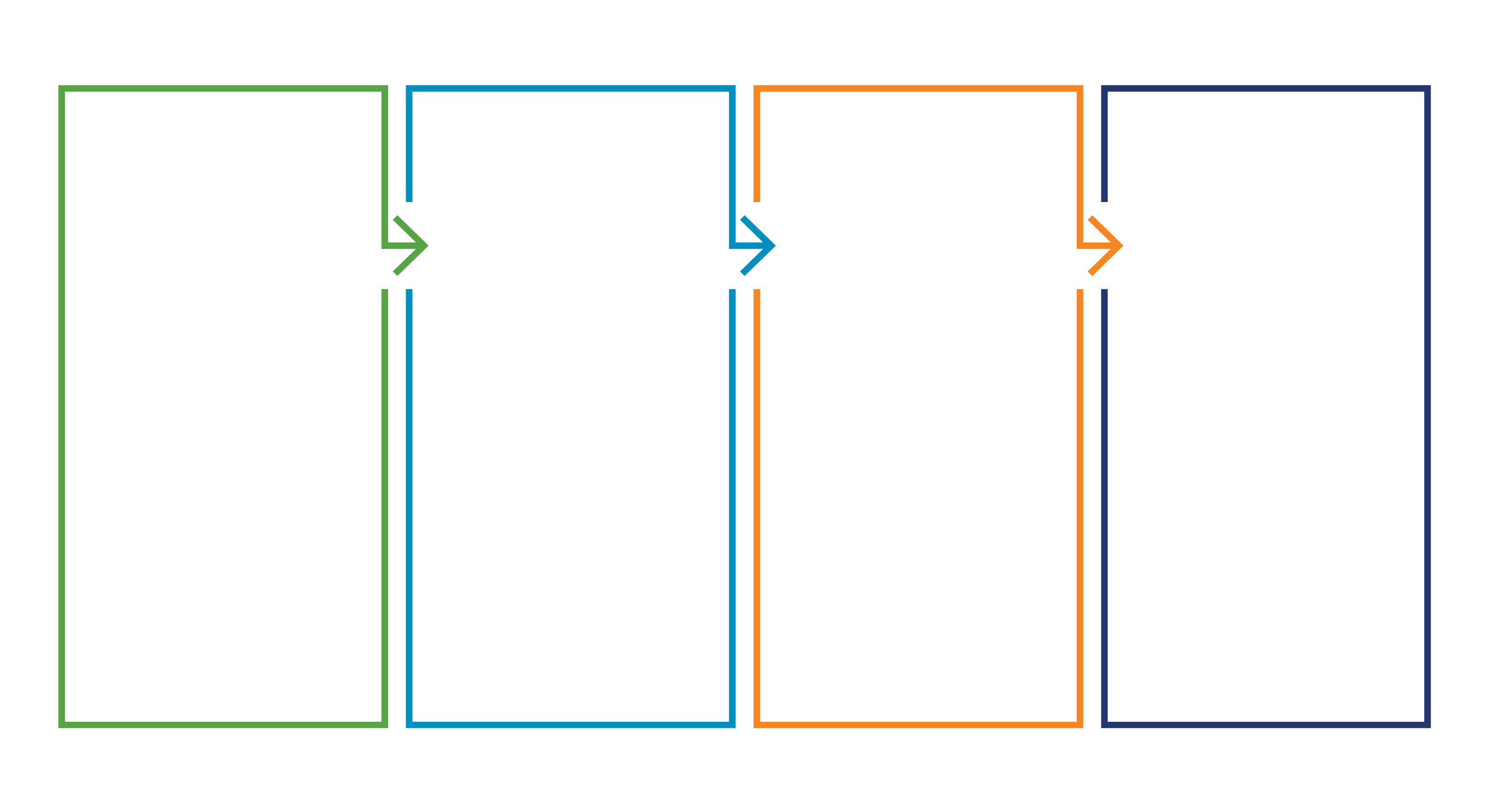Screen and Identify
Identify children requiring extra support quickly
The Early Years Evaluation – Teacher Assessment (EYE-TA) was designed as a screening measure to reliably identify children who are vulnerable. The scales include items that provide reliable scores at the lower end of the population distribution of skills, thereby providing a more precise score for determining which children require extra support. Teachers administer the assessment using observation and activities within the regular classroom context. Reports are shared with multi-disciplinary teams to make plans for supporting each child’s learning needs.
The EYE-TA was not designed to diagnose specific disabilities, such as autism, learning disabilities, or speech or language disorders. In many jurisdictions, children with low scores in particular domains are referred to psychologists or speech and language pathologists for further assessment.

Estimate the prevalence of children with special needs
The use of the EYE-TA for estimating special needs funding builds upon research done in Ontario, Canada that uses data from the Canadian Census to estimate the expected prevalence of children with special needs in each school district (Willms, Palinsky, & Blugerman, 2013). The Ontario prediction model has been used in conjunction with EYE-TA data to provide more accurate estimates of the prevalence of children with special needs in a jurisdiction or province.


